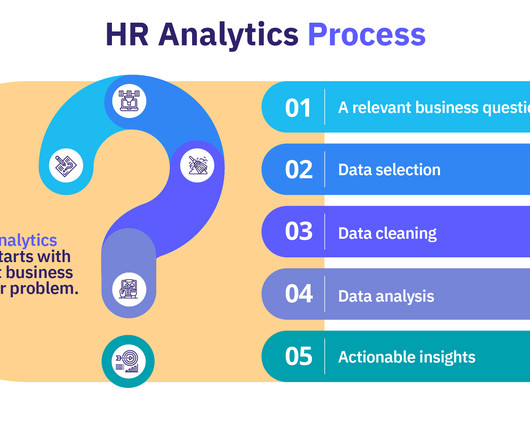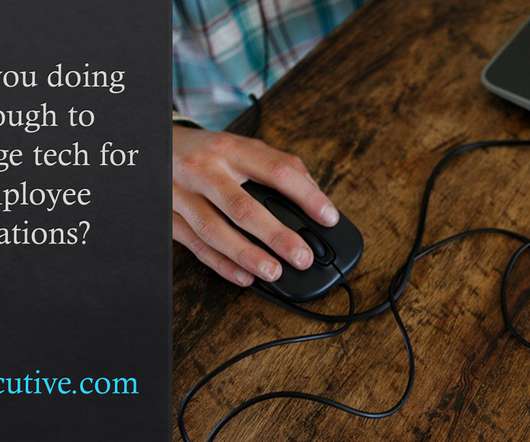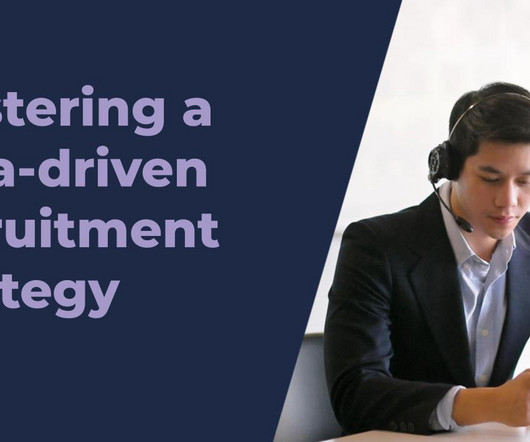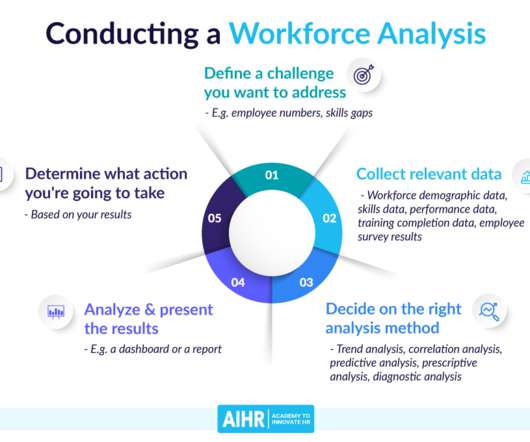Analytics Unleashed: Practical Applications in HR
Hire Road
MARCH 13, 2025
Analytics Unleashed: Practical Applications in HR Analytics can be an intimidating word for many HR professionals, often conjuring images of endless spreadsheets, eye-watering pivot tables, and a level of technical complexity reserved for data scientists alone. Picture your HR data scattered like puzzle pieces across multiple tables.























































Let's personalize your content